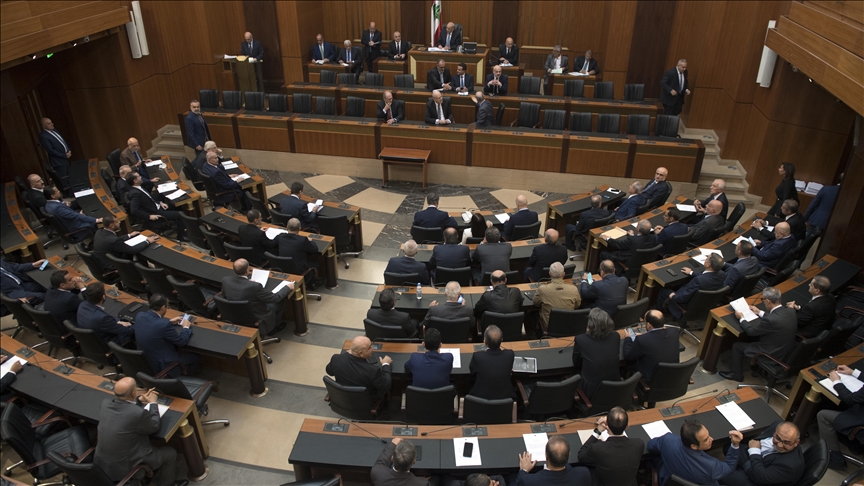
The Swiss National Financial institution’s (SNB) fiscal statements for the nine months ending September 30, 2022, display a bottom-line decline of US$150 billion.* A number to get your notice!
Below the powerful economic self-control of its constitution act, the SNB need to mark its investments to current market, and reflect any industry price reduction or earnings in its money assertion and cash account. From acquiring funds of $221 billion at the close of 2021, the SNB’s cash has been decreased by 73% to $59 billion on September 30 thanks to falling marketplace costs. However, the SNB has a money ratio—a bank’s equity to its overall assets—over 6%.
In contrast, the Federal Reserve’s documented capital ratio, which does not mirror the Fed’s enormous mark-to-sector losses, is .5%. The Federal Reserve Lender of New York, by considerably the major of the Federal Reserve Financial institutions, has a documented capital ratio of .3%—again not counting its marketplace value losses. “It aids the reliability of the central bank to be well capitalized,” mentioned the Vice Chairman of the SNB in October 2022. Presumably, the Fed does not agree.
With Swiss candor, the Chairman of the SNB observed, also in Oct 2022, that several central banks “brought down for a longer time-expression desire charges by purchasing authorities and corporate bonds. This amplified central banks’ balance sheets and the hazards they bear.” (italics additional) They surely did operate up their possibility, all collectively, and now the large pitfalls they assumed are turning into losses all all around the central bank club.
The Reserve Lender of Australia declared in September that losses on its investments induced its cash to fall to a destructive $8 billion on June 30. Its Deputy Governor admitted that “If any industrial entity had destructive equity… [it] would not be a going worry,” but managed, “there are no heading concern issues with a central financial institution in a state like Australia.” Nonetheless, it is rather uncomfortable to have shed much more than all of your funds.
The Bank of England joined “the club of major central banking companies showing damaging web worth” if its investments are marked-to-industry, Grant’s Curiosity Rate Observer claimed. As a result much, the Bank has shed $230 billion on its bond investments, 33 situations the Bank’s capital of $7 billion as of February 2022, its fiscal yr-conclusion. Luckily for the Bank, it has an indemnity from His Majesty’s Treasury—that is, the taxpayers—to deal with the losses. “I am joyful to reaffirm…that any long run losses incurred by the Asset Purchase Fund will be met in total by the Govt,” wrote a Chancellor of the Exchequer. In July 2022 the Fiscal Instances summed it up: “With an indemnity provided by HM Treasury the Lender of England need not fret.” But must the taxpayers who bear the decline fret?
The Financial institution of Canada carries most of its investments at market price, and its monetary statements reflect market benefit losses of $26 billion as of November 2022. These mark-to-marketplace losses would render the bank’s funds adverse were being it not for a formal indemnity agreement it has with the Government of Canada. The Canadian governing administration has contractually agreed to make up any realized losses on the Bank’s bond acquire packages. Which is a great thing for the Canadian central financial institution, because its cash ratio is only .1%.
Although the Lender of Canada’s money statements do show that its expenditure losses place the taxpayers at hazard, you have to browse the monetary assertion footnotes very carefully to recognize what the accounting signifies. The Bank carries an asset referred to as “Derivatives: Indemnity agreements with the Federal government of Canada.” This asset is the volume that the government is on the hook for—in other phrases, it equals $26 billion in mark-to-industry losses. Given that the Bank’s whole claimed money is only about $.5 billion, the real cash of the Financial institution is its assert on Canadian taxpayers to reimburse its losses.
Now acquiring developed the same hazards together, the environment’s central banking companies are struggling big losses collectively.
The European Central Lender (ECB) has belongings of about $9 trillion and a funds ratio of 1.3%. How do its mark-to-current market losses evaluate to its $119 billion in funds? It is hard to notify, but a German banking colleague wrote us, “ECB is not actually clear, [but] you can guess… Expect rate losses in its portfolio of about $800 billion.” If his educated guess is correct, the ECB has detrimental money of about $680 billion on a mark-to-industry basis. As our colleague also pointed out, a lot of of the ECB’s investments are lower-top quality sovereign bonds. It will be exciting certainly to see how these ECB challenges engage in out.
In September, the Governor of the Dutch central financial institution, De Nederlandsche Lender (DNB), formally wrote to the Ministry of Finance to talk about the Bank’s looming losses, and how “a circumstance may perhaps occur in which the DNB is faced with destructive capital.” This is without having taking into consideration the mark-to-industry of its bond portfolio, mainly because the DNB makes use of accounting conventions, like the Federal Reserve, that do not recognize mark-to-industry losses on its QE investments.
“In an intense case,” the letter continued, “a funds contribution from the shareholder may be necessary.” The sole shareholder is the Dutch government, so the moment yet again the expense would be transferred to the taxpayers.
In this unattractive scenario the DNB has loads of corporation: “All central financial institutions utilizing obtain plans, the two in the euro area and past, are facing these unfavorable implications,” the Governor noticed, including that these incorporated the Federal Reserve, the Swedish Riksbank, and the Financial institution of England.
Then, in an October tv interview, the Governor brought up the old-fashioned thought of gold. The DNB’s detrimental cash problem could be ameliorated or avoided he explained, by counting as capital the large unrealized financial gain on its gold. The Lender does mark its 19.7 million ounces of gold to industry but retains the appreciation in a independent $33 billion accounting “reserve,” which is not bundled in its money account.
Although it is against the recent rules of the Euro procedure, it would make best sense to contain the market place value of the gold when calculating the DNB’s funds, as the Swiss National Bank does. (This idea would not assist the Federal Reserve, mainly because it owns no gold.) It is no tiny irony that, to bolster their money, present day fiat forex central banking companies would take into consideration turning to the price of the “barbarous relic” of gold, from which their personal currencies have around time so enormously depreciated.
Coming to the world’s major central bank, the mark-to-current market loss on the Federal Reserve’s investments, as we have formerly prepared, is huge—estimated at a impressive $1.3 trillion loss as of Oct 2022. This is 30 occasions the Fed’s full cash of $42 billion. Much more straight away urgent, the Fed is now jogging running losses that it does identify in its gain and reduction assertion of $1 billion or much more a 7 days, or annualized losses of $50 to $60 billion. Not counting the mark-to-current market losses on its investments, the Fed’s operating losses at this fee will exceed its capital in considerably less than a yr.
Complicating the difficulty, the shares of the Federal Reserve Banks are owned not by the federal government, but by Fed member business financial institutions. Less than the Federal Reserve Act, the Fed’s shareholders are demanded to be assessed for a part of any losses, but the Fed has therefore far appeared to disregard the regulation and is sharing its working losses with the taxpayers in its place.
“Major central banking companies are likely to shift jointly,” as economist Gary Shilling pointed out just lately. We feel this is since the major central banking companies are a coordinating elite club. They do not and are not able to know the economical and financial foreseeable future, and they have to act centered on highly unreliable forecasts. They encounter, and know they facial area, deep and basic uncertainty. Below these situation, mental and behavioral herding is pure and to be anticipated. Now getting produced the exact pitfalls with each other, they are suffering big losses alongside one another. In many scenarios, the accumulating losses will exceed central financial institution money and be borne by the taxpayers.
*All currencies have been translated to US bucks at mid-November exchange fees.





More Stories
The U.S. wants the EU to be strict with China. But Europe can’t afford it
US authorizes another missile sale to NATO hopeful — RT World News
Democrats For Drazan | Unpolitically Correct